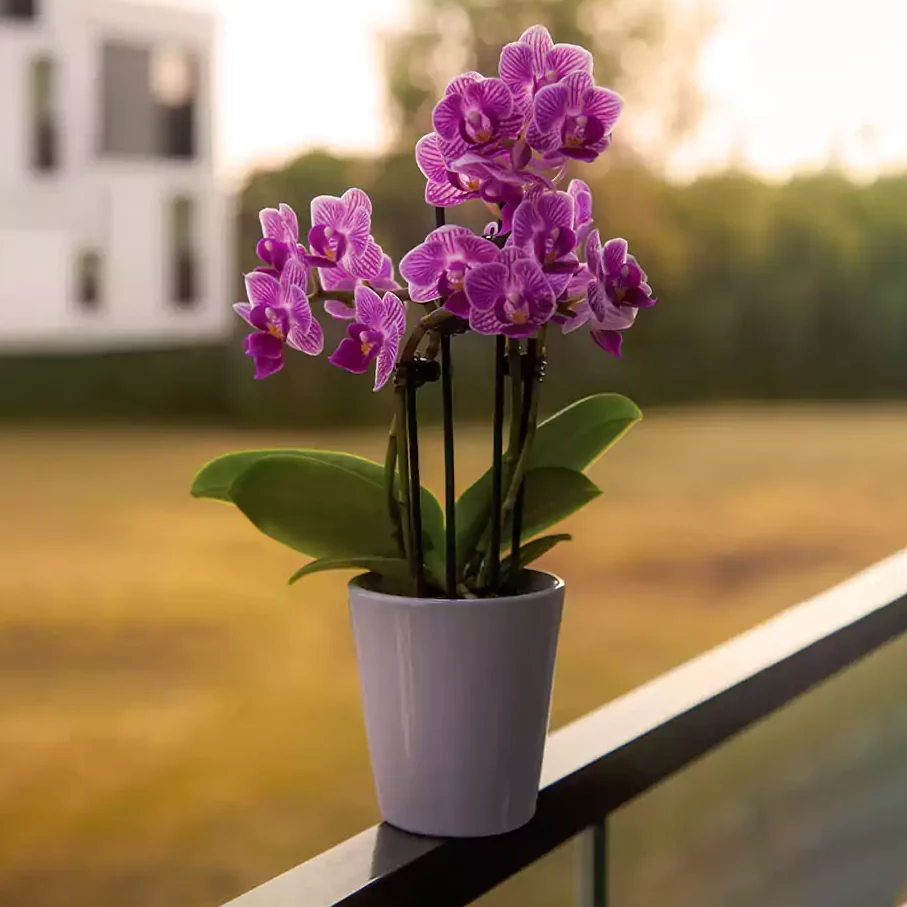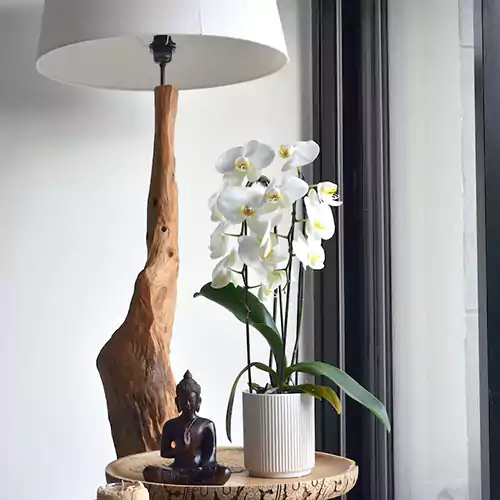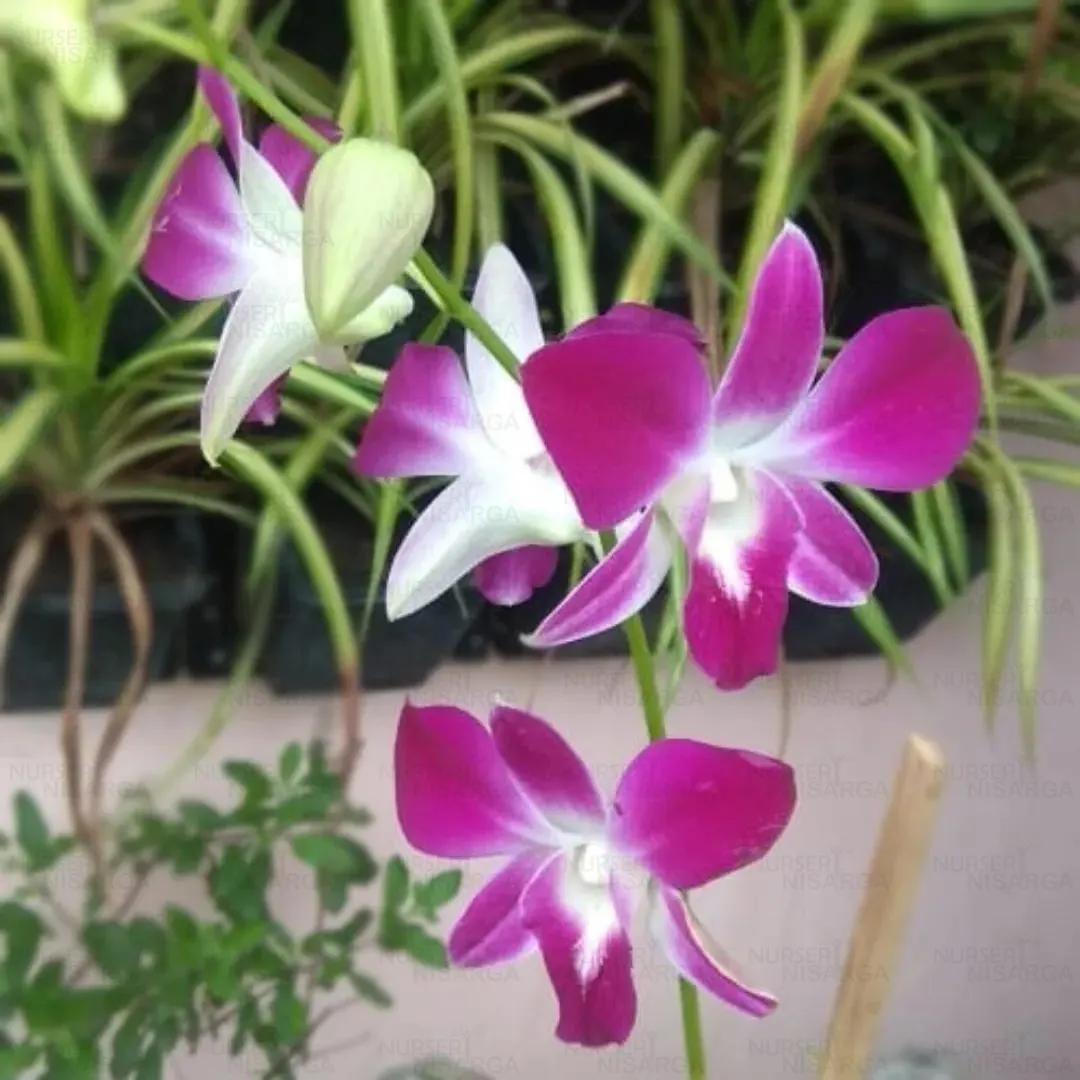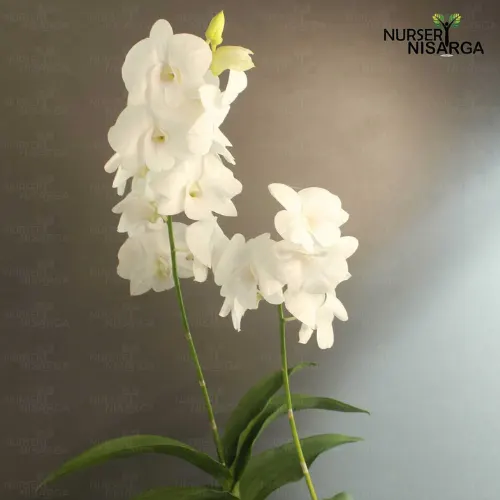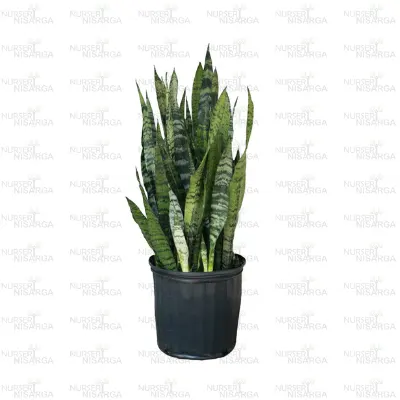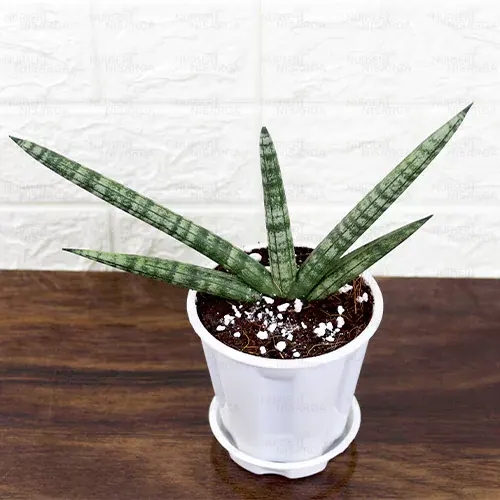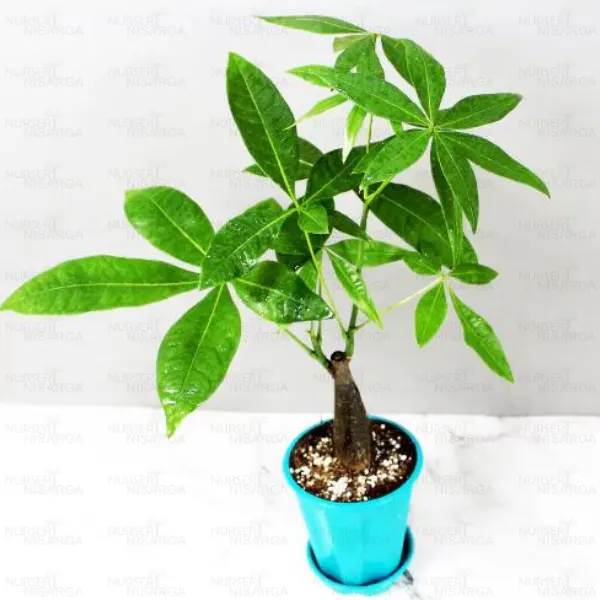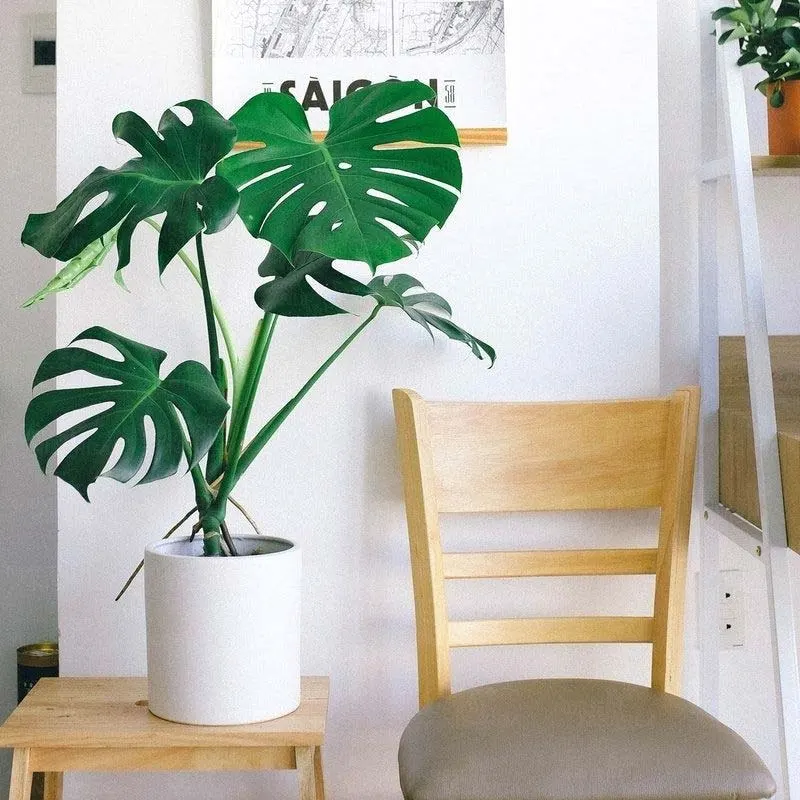Description
Phalaenopsis Orchid, “Moth Orchid” – plant
Phalaenopsis (/ˌfælɪˈnɒpsɪs/), also known as moth orchids, is a genus of about seventy species of plants in the family Orchidaceae. Orchids in this genus are monopodial epiphytes or lithophytes with long, coarse roots, short, leafy stems, and long-lasting, flat flowers arranged in a flowering stem that often branches near the end. Orchids in this genus are native to India, Taiwan, China, Southeast Asia, New Guinea, and Australia with the majority in Indonesia and the Philippines.
The name “orchid” comes from the Greek word orkhis, and was named by an ancient Greek botanist named Theophrastos, who thought the orchid’s roots resembled a part of the male anatomy. Orchids are epiphytic in their native habitat, growing on trees and rock formations, instead of directly in the ground. These tropical orchids are known for their bright, showy flowers that come in many different colours.
The popular Phalaenopsis orchid is one of the easiest varieties of orchids to grow as a houseplant and is often called the beginner orchid due to its easygoing nature, or the moth orchid due to the shape of its blooms. this orchid with leafy stems and long-lasting flowers does best in a bright, warm, humid spot. Indoors, the Phalaenopsis will typically bloom about once a year, for up to three months. After a blooming cycle, the flowers will wilt and fall off. When this happens, don’t worry, your orchid is not dead, it’s just storing up energy to re-bloom again next season.
Sunlight
Thrives in bright, indirect light, but can tolerate medium, indirect light.
Water
Water every 1-2 weeks, allowing the potting medium to dry out between waterings. If kept in a decorative cache planter, pour out excess water after watering. Expect to water more often in brighter light and less often in lower light.
Humidity
Orchids do not like dry air, so be sure to keep the humidity around the plant anywhere from 50–70%. During the fall or winter, you can help to boost humidity with a humidifier or wet pebble tray.
Temperature
The average home temperature of 65°–75°F. They can tolerate as low as 55°F and as high as 85°F.
Potting Mix
Smaller orchids are potted in either a coco plug or sphagnum moss. They can remain in this potting medium for 1-2 years until their roots and leaves have outgrown the size of the pot and the orchid needs fresh nutrients and larger space. When repotting these orchids, you can pot them into bark media.
Larger orchids are potted in a bark media. Bark provides the proper airflow required to keep mature roots happy and healthy. Because orchids are epiphytes that grow on trees in their natural habitat, they need air to flow around their roots, and traditional potting mix just won’t do. (If you gently dig into the bark media with your fingers, you might just spot the coco plug at the center of the pot, where the baby orchid was first potted!.
Common Problems
Symptom: Wilting, wrinkling leaves
Cause: Underwatered
Symptom: Yellowing leaves
Cause: Overwatered, or too much sun
Symptom: Wilting flowers
Cause: Ending its yearly blooming cycle, storing up energy to re-bloom

